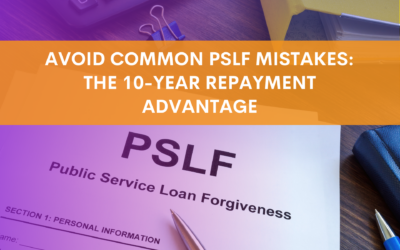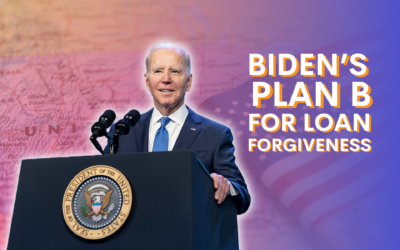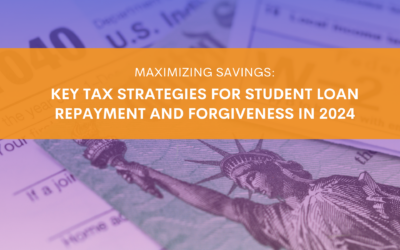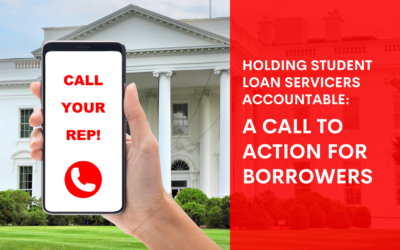September, 2016: It’s no secret that today’s early-career physicians have mountains of student loan debt. A debt load of roughly $200k is now the average for physicians who graduated from a public medical school after 2010, while their peers who matriculated from private or osteopathic programs often carry balances above $250k. Exacerbating this issue is the fact that interest rates for doctors transitioning to practice today average 7%. Because limited income during training necessitates reduced or no payments for most doctors, overall debt levels increase during training.
Increasing physician debt levels, uncertain future incomes and the availability of repayment and forgiveness programs have begun to impact the career decisions of young doctors. As a result, whether you’re a young doctor or an employer, it is imperative that you understand the basics of loan repayment, which repayment programs complement your employment choice, and what resources can be leveraged during the negotiation of your contract.
Forgiveness
Often the most generous federal program young doctors can leverage is the Public Service Loan Forgiveness Program (PSLF). Approved by Congress in 2007, this program provides a path to tax-free loan forgiveness for anyone directly employed by a Federal, State, or local government organization, or directly by a 501c(3) non-profit. For a majority of medical graduates, full-time qualified employment combined with 120 monthly payments (10 years) under an Income Driven Repayment Plan (IDR) can result in a much lower out-of-pocket cost than the amount borrowed. Many medical graduates begin pursuing this program at the onset of training, as their residency years usually count as “public service” and the IDR plans make economic sense during that time. As a result, there is an increasing number of physicians who are seeking PSLF-qualified job opportunities post-training. Due to an evolving legislative climate, recent and proposed changes may impact the appropriate action plan to maximize PSLF, and helping your recruits in this way can only increase your success if you’re representing a non-profit employer. Click here to learn more about this program.
The previously-mentioned IDR plans also carry taxable forgiveness opportunities which are not related to employment. One of the plans, Pay As You Earn, has a 20 year forgiveness option which may benefit some physicians. The others require 25 years of repayment before achieving forgiveness, which usually isn’t the best route for physicians. If you do not represent a non-profit system, but have a candidate with significantly more overall debt than annual income, PAYE could be a good alternative to PSLF.
Refinancing
For many physicians, loan forgiveness is not an option or doesn’t make economic sense. An alternative strategy is refinancing. Simply put, refinancing refers to taking out a new loan with a lower interest rate from a private lender or bank, and using the proceeds to pay off the original student loans. While not quite as dramatic as PSLF, this strategy can save many physicians tens of thousands of dollars. The issue comes with how to leverage the market to find the best deal. Most lenders advertise the same broad range of rates, making it nearly impossible to easily compare offers. The only way to get real offers is to go through the application and underwriting process, which can be cumbersome and often involves a hard credit pull. The refinancing marketplace has evolved rapidly over the past few years, with the products, rates, and list of participating banks constantly changing. So it’s important that you or your recruit have a good understanding of the current marketplace, or have a reliable broker/advocate who can assist with the process and help determine when refinancing is suitable.
Salary Equivalent
A critical and often overlooked consideration is what we call the “PSLF Salary Equivalent.” While we understand that in some cases non-profit employers may offer lower salaries than competing for-profit groups, student loan savings should be factored into the economic analysis of any PSLF qualified job, which can often make non-profit roles more economically attractive than for-profit competitors. In one client study, we calculated that for the six years following a four-year training term, the non-profit offer was worth an additional $72k per year in salary when the reduction in payments from PSLF was contemplated. This analysis is highlighted below:
In order to maximize this unique opportunity in today’s marketplace, a borrower must be strategic in managing their loans from medical school graduation, and remain informed in the future to maximize savings and recalibrate their strategy when their profile or the legislative environment changes.
Integrating Loan Forgiveness and Refinancing with Current Hospital Incentive Programs
Many employers have a signing or loan repayment bonus for their recruits, but rarely does it prescriptively address the unique needs of each borrower. Programs such as PSLF, the income-driven repayment options, and refinancing can increase these incentives, help to foster retention in addition to recruitment, and perhaps even reduce the hospital’s costs by replacing or reducing large bonuses. There is no magic formula, given the diverse profiles of individual recruits and the complexity of available programs. That said, the more you understand marketplace, the better you’ll be able to negotiate the right incentives at signing.
Resources
Education is key when it comes to loan repayment programs. Borrowers and employers alike now have access to consultants such as Doctors Without Quarters to provide personalized loan repayment strategies for recruits as well as Housestaff at teaching hospitals.
In closing, the rising cost of medical education guarantees that student loans will become an increasing concern for early-career physicians. As salaries stagnate in some specialties, physicians will increasingly look to employers and/or the government to provide relief. To attract new candidates, hospitals and physician networks should access loan repayment resources to assist their candidates and ensure compensation plans are both prescriptive and competitive.
To learn more about how DWOQ can serve as a bridge between transitioning doctors and their potential employers, please contact us directly at help@slplive.wpengine.com.

Brandon Barfield is the President and Co-Founder of Student Loan Professor, and is nationally known as student loan expert for graduate health professions. Since 2011, Brandon has given hundreds of loan repayment presentations for schools, hospitals, and medical conferences across the country. With his diverse background in financial aid, financial planning and student loan advisory, Brandon has a broad understanding of the intricacies surrounding student loans, loan repayment strategies, and how they should be considered when graduates make other financial decisions.















